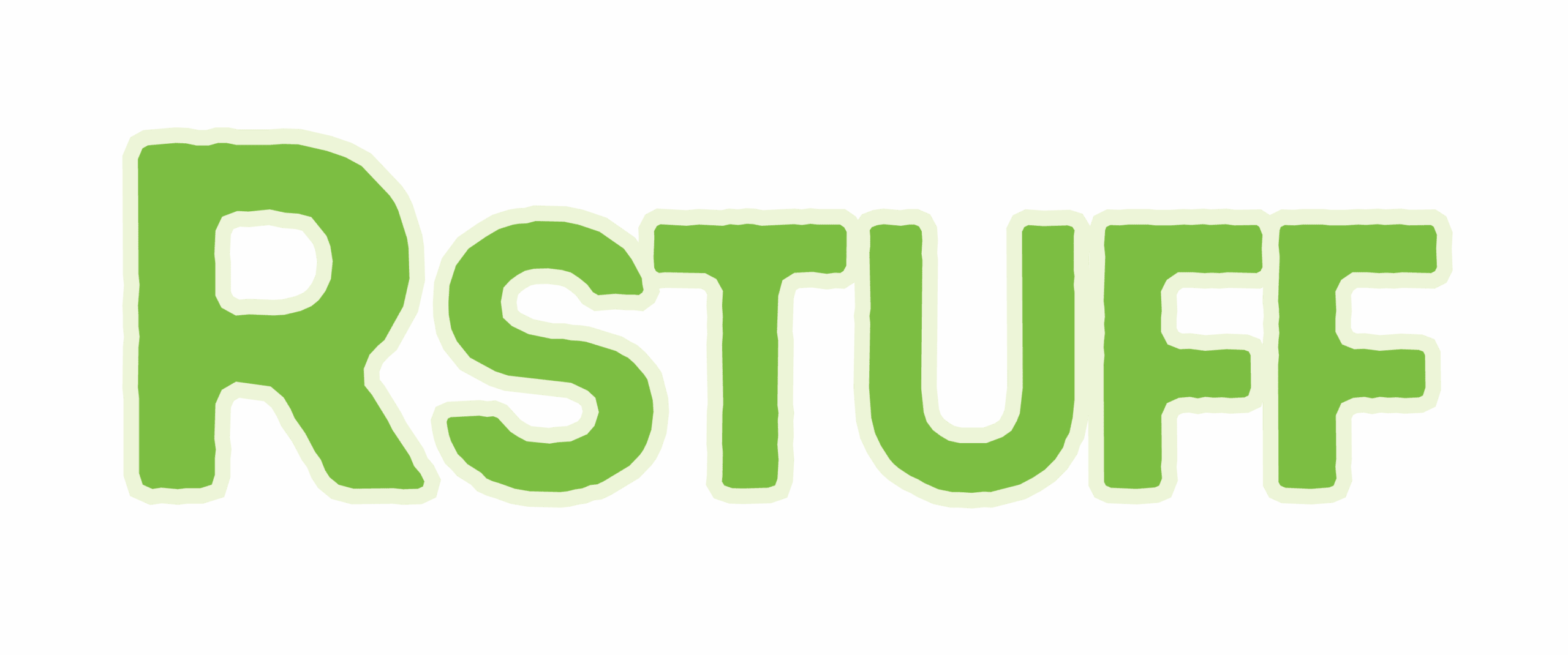How do I reduce, reuse & recycle?
Confused about how you can use less resources and recycle more? Find out more here!
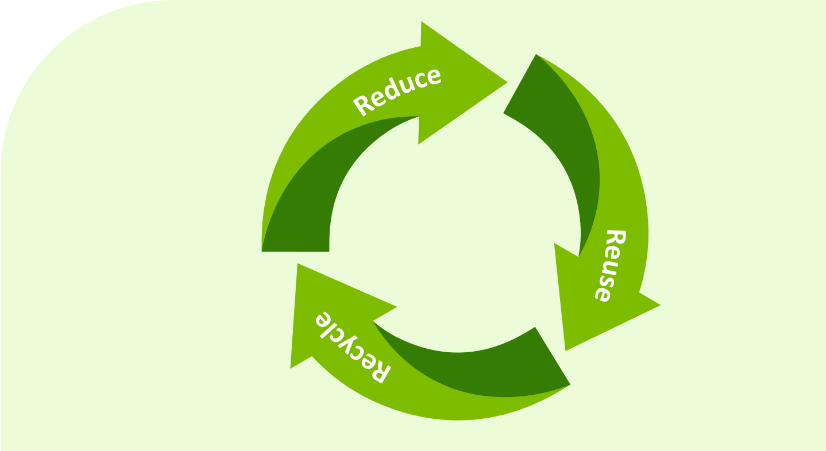
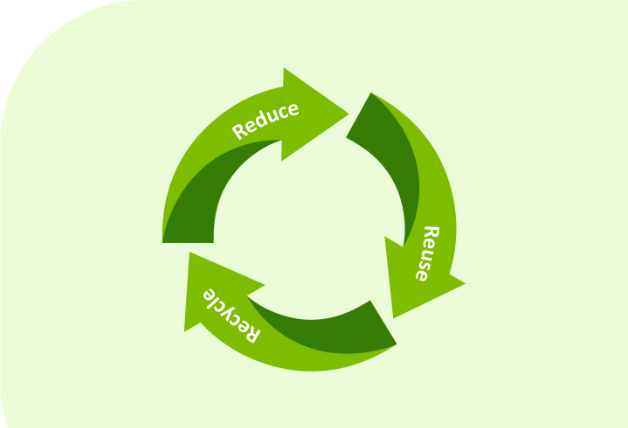
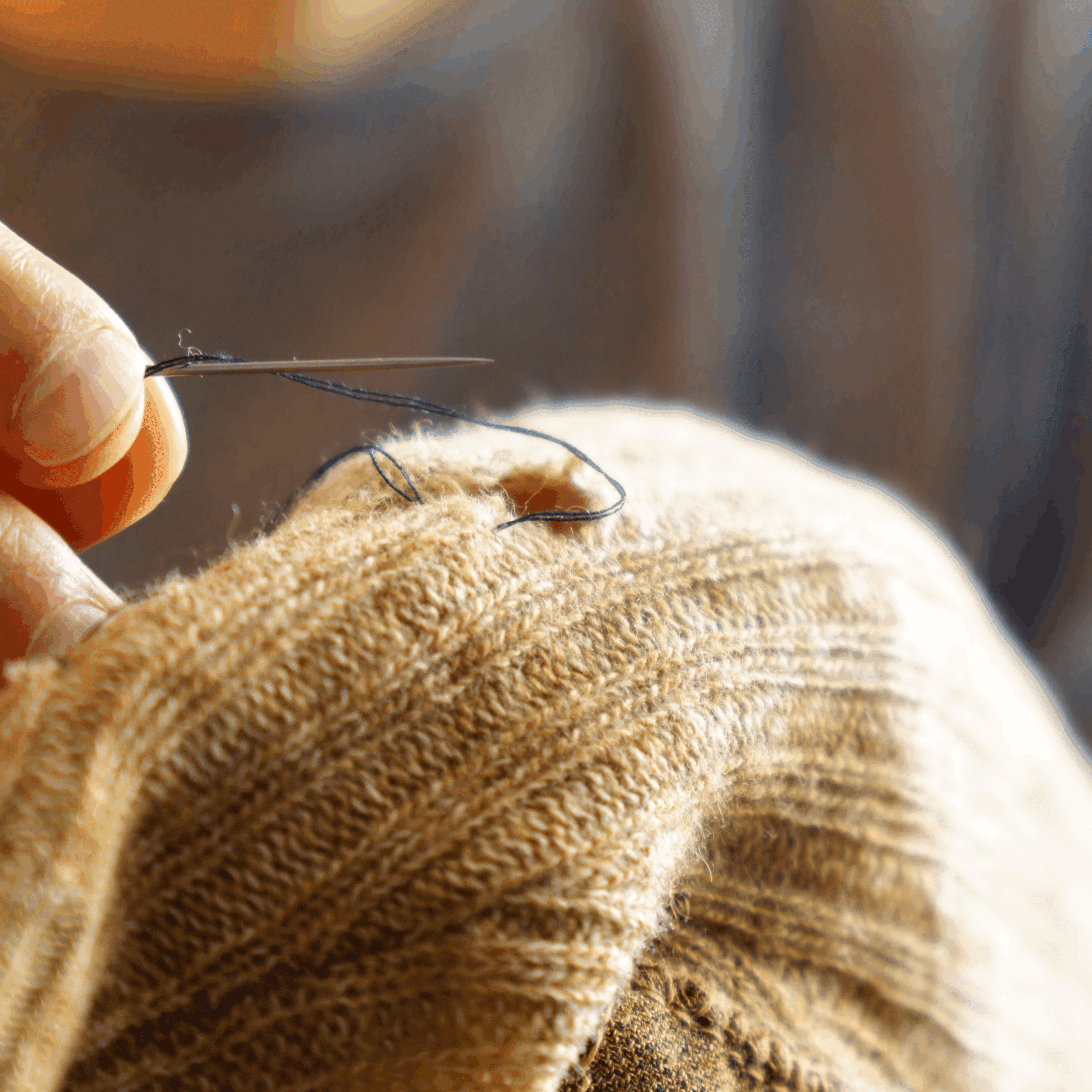
How do I reduce?
Reducing what we buy and use is one of the most powerful ways to cut waste, conserve resources, and protect the environment. Here are a few simple ways to start:
- Buy less, choose well. Think about what you really need before you buy, and opt for long-lasting, high-quality items.
- Say no to single-use. Avoid disposable products where possible — carry a reusable water bottle, coffee cup or shopping bag.
- Plan ahead. Planning meals ahead helps reduce food waste and unnecessary packaging.
- Share, repair, reuse. Borrow, swap, and fix what you can before replacing it.
Every small action adds up, reducing is about making thoughtful choices that have a big impact over time.
Ready to take the next step? Explore our community resources and education resources to learn more.
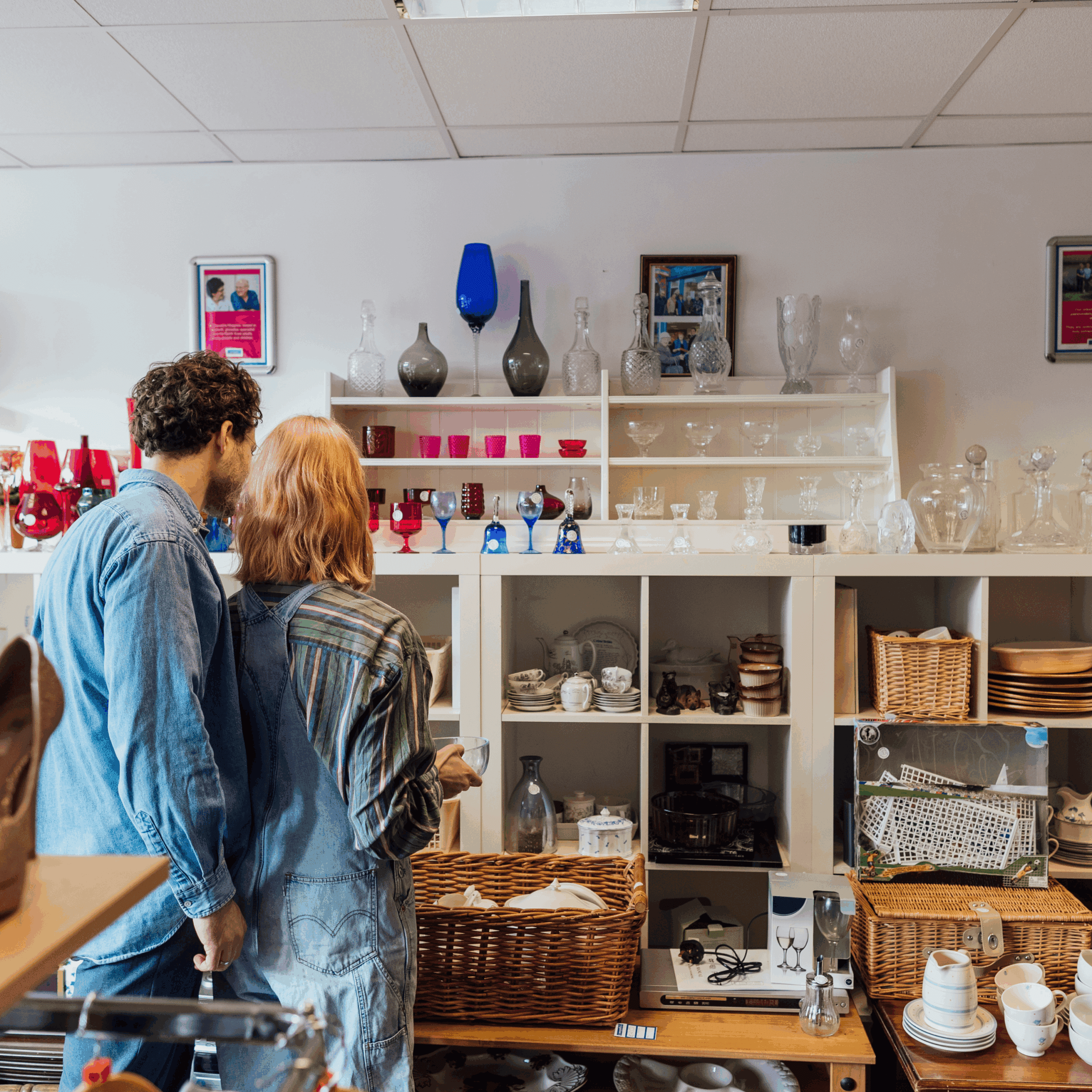
How do I reuse?
Reusing is a smart and effective way to keep resources in use for longer, saving energy, reducing waste, and cutting emissions. Here are some simple ways to get started:
- Use it again. Jars, bags, boxes, and containers can all have a second life at home, school or work.
- Choose reusable. There are lots of reuseable or refillable options available from deodorant and cleaning products through to rechargeable batteries.
- Get creative. Repurpose old clothes, furniture, or packaging into something new and useful.
- Donate, sell or swap. Pass things on through charity shops, local groups or community swap events.
- Repair when possible. Extend the life of your clothes, tech and tools with basic fixes. Take your broken items to a repair café if there is one near you.
Reusing helps reduce the demand for new products and keeps valuable materials in circulation.
Want ideas to get started on how you can help your community to reuse? Visit our Community Resources page.
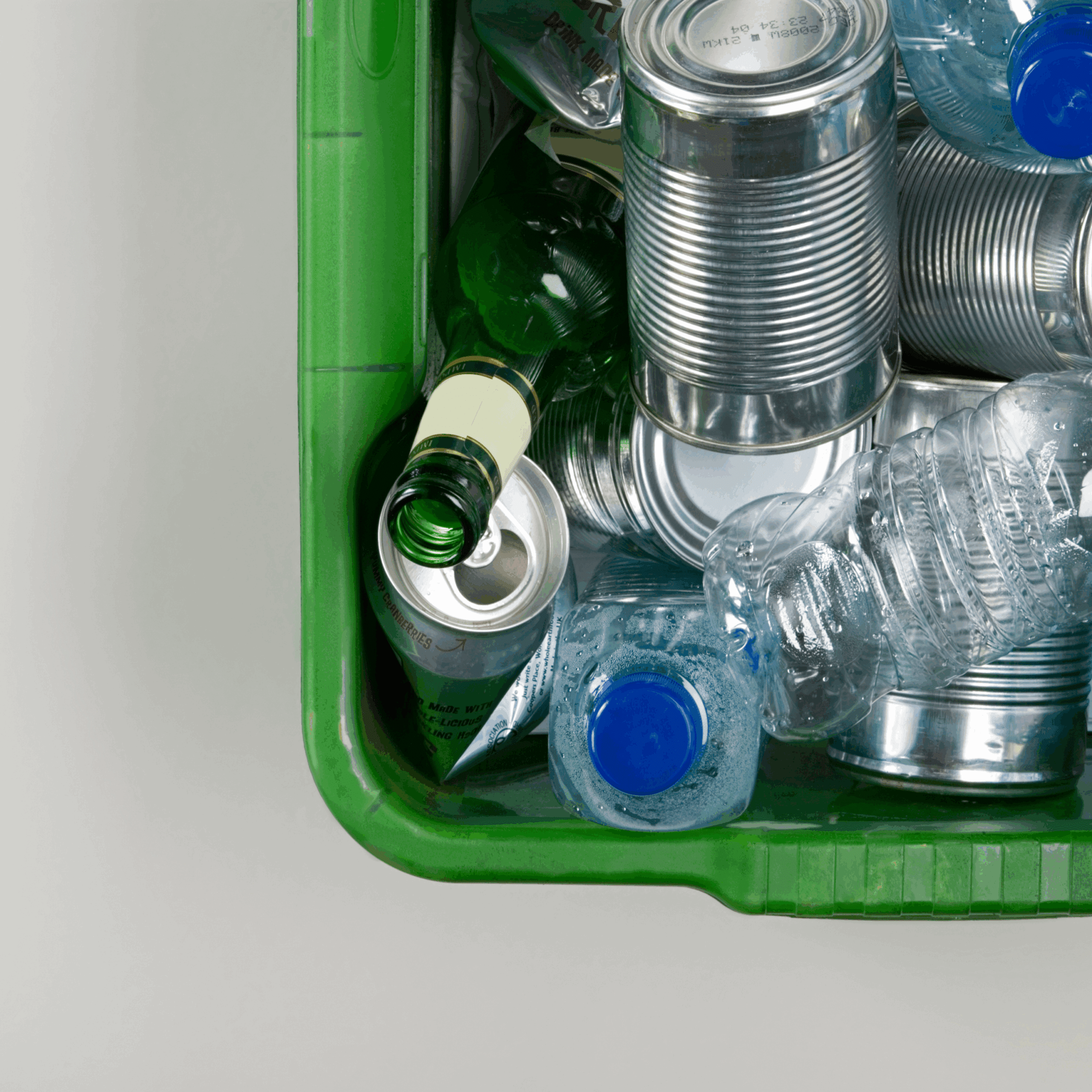
How do I recycle?
Recycling right helps keep valuable materials in use and out of the environment. Use the locator tool to find out what you can recycle locally, explore some frequently asked questions, and watch our short videos to see where your recycling really goes.
Search for an item to recycle
Frequently asked questions
YES! Empty bottles and put the caps back on before being recycled.
By leaving the bottle caps on it makes sure they are captured for recycling in the sorting process as they are too small to get through this on their own, the different types of plastic are separated in the recycling process. The pellets made from the bottle are sent to make new bottles. The pellets made from the tops are sent to go into garden furniture or items for construction such as piping or traffic cones.
YES! All plastic bottles can be recycled in household recycling collections. Plastic bottles must be empty, and the cap on. Make sure all plastic cleaning product bottles, are empty and put the cap back on before recycling.
CLEAN AND DRY IS THE RULE
Contamination costs your Local Authority as it can cause breakdowns and affects the quality of recycling – it also helps keep your bin clean and reduce smells and reduces the risk of your bin or the recycling load being rejected as ‘contaminated’. Please remember the clean and dry rule.
Many UK Supermarkets are now taking carrier bags and bread bags etc. in their front of store collections. Please look for the OPRL label on your plastic bags and wrappings and check the following links for your nearest store https://www.recyclenow.com/local-recycling

